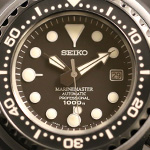 One of the most groundbreaking mechanical dive watches was created not by a Swiss brand but Japan’s Seiko. This week, we at DiveIntoWatches.com look at its modern incarnation.
One of the most groundbreaking mechanical dive watches was created not by a Swiss brand but Japan’s Seiko. This week, we at DiveIntoWatches.com look at its modern incarnation.
In the late 1960s and early ’70s, a few watch manufacturers started from scratch when designing their next generation of dive watches, mostly because in some cases saturation diving required new solutions. So, instead of building simply a wristwatch that could be worn during a dive, those companies let form follow function and focused primarily on a timing instrument for the most extreme of diving conditions. This strategy, of course, came with the risk that the direct commercial success of such watches would be more limited than, let’s say, that of a more traditionally designed watch that could also be worn while not diving. Fortunately for dive-watch enthusiasts, some of the knowledge and new technologies developed for these models would be adapted and commercialized for use in more mass-produced models in the years to come.
One of the more prominent examples of this type of “extreme” dive watch was, of course, the Omega Seamaster 600 from 1970, which was re-introduced in 2009 as the Omega Seamaster 1200 Ploprof. Equally iconic was its counterpart from Seiko, the 600-meter water-resistant Ref. 6159-7010/7019 – a watch that was developed over the course of several years and finally introduced to the market in 1975. That watch also introduced quite a few firsts, such as the L-shaped gasket, a new type of strap and, most importantly, a second outer case made of titanium. It is also, in many ways, one of the best examples of how independently the Japanese brand was developing its watches even back then.

The Seiko 6159-7010 became the base model of many watches to come, all of them carrying the unofficial nickname “Tuna” (which referred more to the can than to the fish) in various derivations. An automatic version, called the Seamaster 1200, was re-introduced in 2009 as well – this time as the Marinemaster 1000 (SBDX011, the watch pictured here) with an increased water resistance of 1,000 meters, now a part of Seiko’s Prospex sports watch collection.
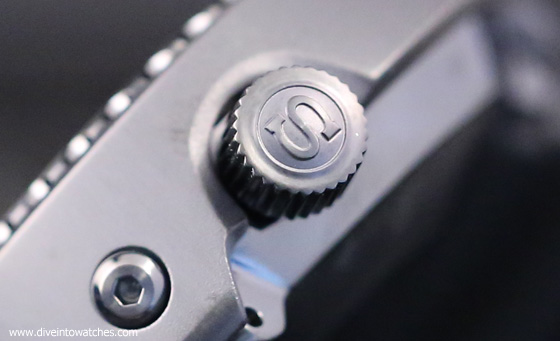
Even after 30 years, it still features one of the most radical and unique dive watch designs, and it is probably also a lot better equipped for its intended job than most of its peers: Its ultra-water-resistant monobloc case is protected by the additional shroud – and thus perfectly protected from impacts (which involves, in a professional underwater working environment, a lot of equipment and physical work, a more realistic hazard to the watch than increasing water pressure, for example). Also, the shroud covers, and thus protects, 50 percent of the bezel from bumps and/or accidental movement and partially covers the screw-down crown as well. The watch still explicitly does not require a helium-release valve, but does come with a sapphire crystal which seems to meet the current market demands better than does Seiko’s Hardlex. It is powered by Seiko’s in-house Caliber 8L35 which is basically is a less refined version of the Caliber 9S55 used in Grand Seiko watches.
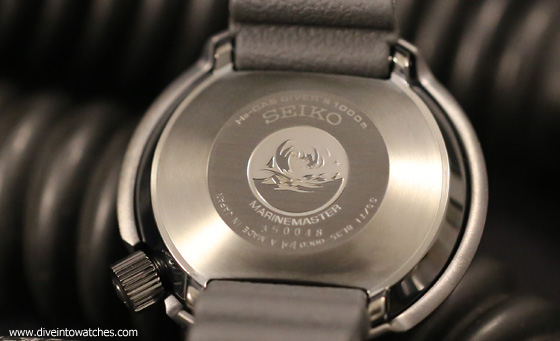
Speaking of which, over the last several years it has become so much easier to appreciate Seiko’s high-end watches and what they represent. The growing acknowledgement among the collector community of the Grand Seiko’s quality helps a lot when making the case that the current list price for a Seiko Marinemaster 1000 (324,000 Yen, or about $2,735) is comparably low considering all you get for the price. The only thing that might be a problem is also one of its most distinctive features: Its uncompromising character as a tool watch built primarily for diving also means that not everyone will want to wear it as an everyday watch. Additionally, it is actually a bit top-heavy and, as you might have guessed by now, rather large (even if the integrated lugs help a lot to hide the fact), making it highly visible on any wrist. If all that attention is too much for you, we recommend you check out the Marinemaster 300.
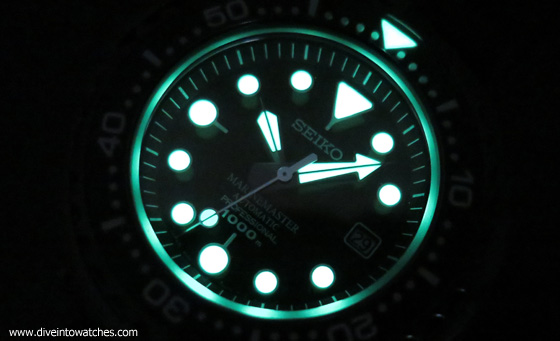
Technical Details:
Seiko Prospex Marinemaster 1000 / SBDX011
Case: 48.2 mm/17.4 mm (excluding crown) titanium, DLC monobloc case with AR-coated sapphire crystal, unidirectional bezel (120 clicks)
Weight: 147 grams
Movement: Automatic Seiko Caliber 8L35 with hacking seconds
Price: 324,000 Yen (approx. $2,735)

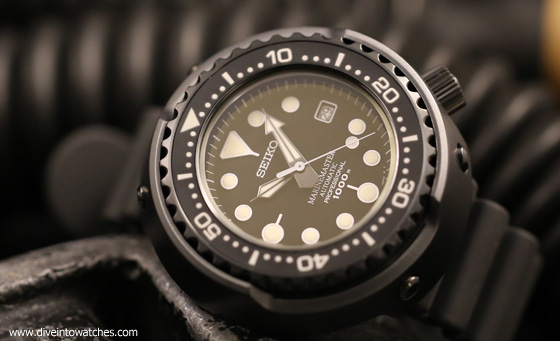

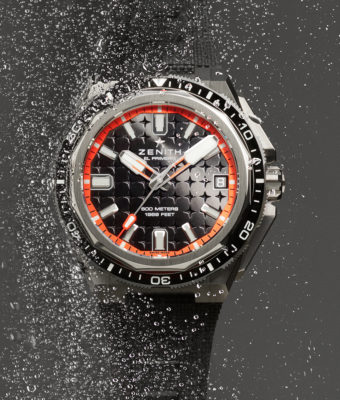
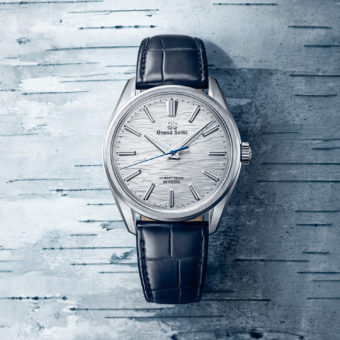
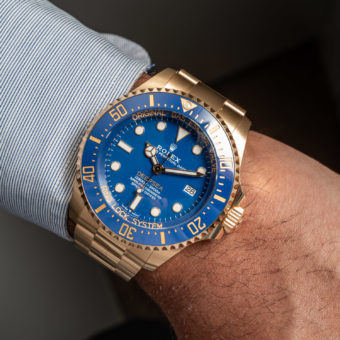
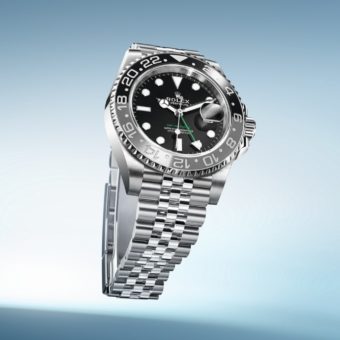
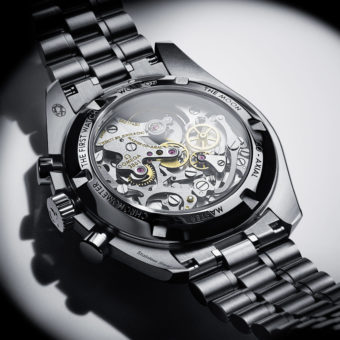
Incredible watch and likely the best performing serious (and still semi practical) dive watch at any price. It’s a bit too much watch for those of us that don’t actually dive, imo. I wonder how many are actually sold per year?